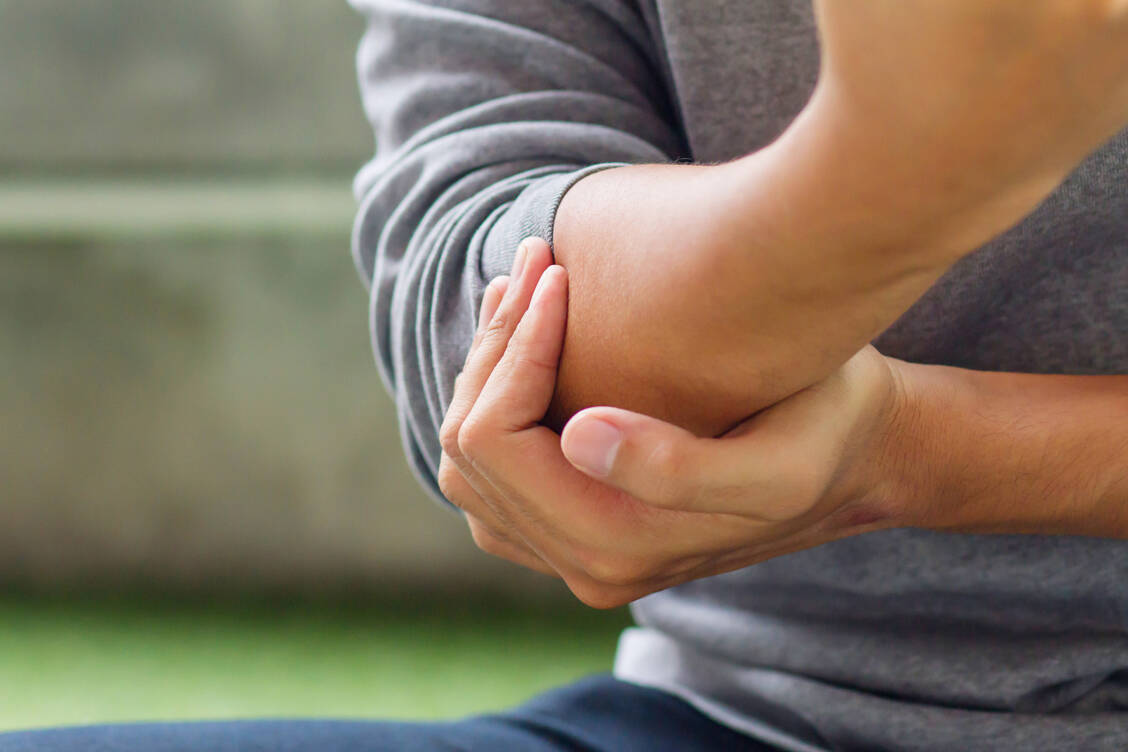All three diseases are characterised by physical complaints in the arm. In the case of the tennis elbow, the pain is typically pressure pain on the outside of the elbow, which can be sharp during bending and twisting movements. In the golfer's elbow, the pain is on the inside of the elbow. The reason for the different localisation of the pain is that in the case of the tennis elbow, the symptoms are triggered by changes in the tendon and at the tendon attachment to the finger extensors. These are located above the elbow joint on the outer side of the humerus.
In the case of a golfer's elbow, on the other hand, the tendons of the finger flexors are affected. These are attached to the inside of the upper arm bone and are responsible for hand and finger flexion as well as inward rotation of the forearm. In both cases, the pain can radiate from the elbow to the hand, forearm or upper arm. Often, sufferers also notice a loss of strength in the hand. Shaking hands or grasping is now difficult.







